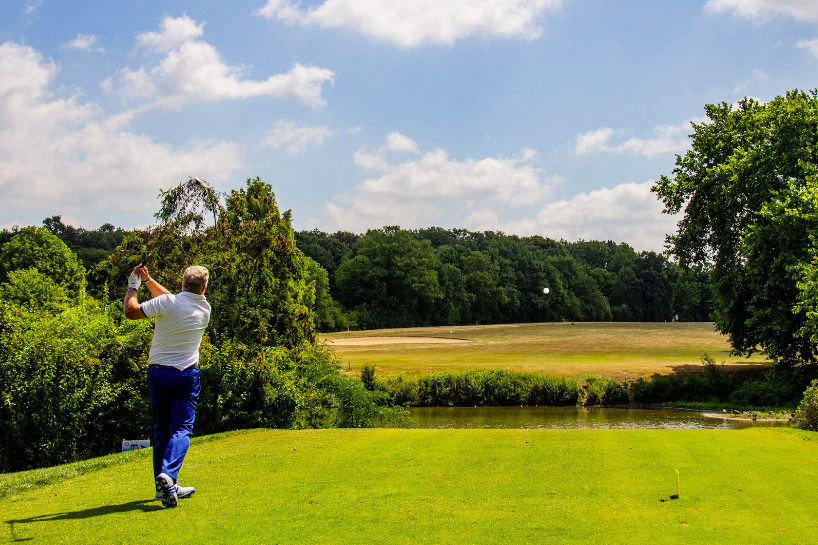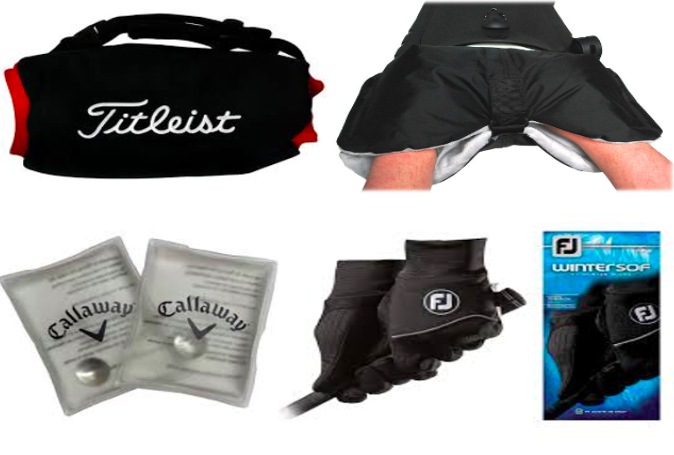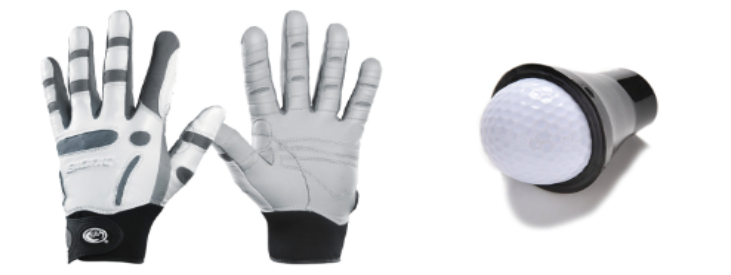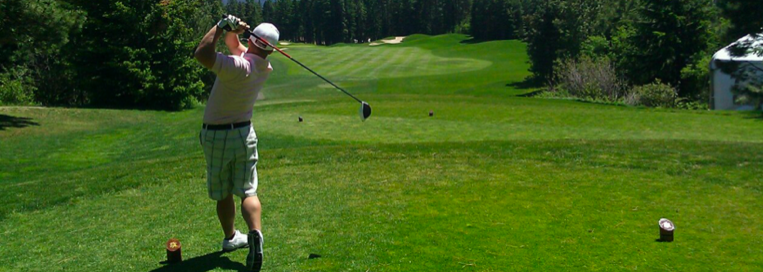
Although arthritis cannot be cured or reversed, there are measures that can be taken to mitigate further damage and symptoms. This blog will assist you in easing arthritic symptoms whilst still enjoying a game of golf.
Warm up and weight loss
Simple range-of-motion exercises before you tee off can help prevent injury and improve the overall performance of your game.
- Arm Circles. Gradually increasing the size of the circles. Reverse direction after 30 seconds.
- Trunk Twists. Be sure to twist from the waist. Aim to go through safe, pain free range of motion.
- Side Bends. Repeat 10 times on each side leaning torso a little farther each time.
- Slow Swings. Take 10 to 15 slow three-quarter swings on the practice range before the first tee. Begin by swinging 50% to 75%.
Weight loss also lessens the stress and strain on joints!
Grips
Investing in high-quality golf grips will help give you an extra cushion while you play. With a larger grip, you’ll get a better feel for the club and be able to control your swing. These types of grips also absorb the shock of an impact or mishit, meaning less stress for golfers with weak hands or grips.
Remember that the bigger the grip the less force you need to grip with. HOWEVER….. You use less wrist with bigger grips which means you are more likely to slice with big grips and hook with smaller grips.
Lamkin and GolfPride are the 2 biggest brands. They both do oversize grips. Other brands include “JumboGrip” and “Super Stroke”.

Fun fact: 60% of golfers are above 55 years of age
Keep warm
- Hand sleeves
- Buggy hand warmers
- Wind and waterproof gloves
- Pocket warmers (OCOOPA rechargeable battery hand warmers give 12 hours of heat)

Fun fact: Phil Mickelson – One of the best players in the world has Psoriatic arthritis.
Graphite shafts
There is some evidence that suggests graphite shafts work better for arthritic golfers. Graphite shafts are much lighter than steel shafts. Some professional golfers have chosen graphite because the ball is said to have a tighter dispersion.
Ball compression/design
• Higher quality balls are designed to help you play better and shoot lower scores. Compression refers to the density of the golf ball and is a measurement of how hard or how soft a golf ball actually is.
• Lower compression balls provide is less kickback, or a sudden forceful recoil. Unfortunately, they don’t go as far or spin as much as their higher compression counterparts.
Other aids
· Bionic Gloves – Designed for golfers with OA
· Glove ball retriever from the hole – Attaches to the end of your putter
· Golf carts and motorised buggies Companies that design devices to help prevent bending: http://www.uprightgolf.com/Default.asp https://teepalpro.com

Adjust your swing
- Consider flaring out your feet to enable a larger turn. You can also drop you trail foot slightly back to assist with a greater turn. Check out pro golfer Rocco Mediate, as he gives a perfect demonstration of this. This can reduce strain on your trail hip and back.
- Allow your left heel to come up off the ground during your backswing if it wants. It’s more important to keep your trail knee stable, than to keep your lead foot on the ground.
- Consider shortening your backswing and follow through swing. If you are playing golf with arthritis, it’s more beneficial to concentrate on the width of your swing, rather than the length of your swing.
- Lastly, as you follow through to the finish of your swing, allow the right food to be dragged forward instead of leaving it planted. This decreases the strain on the lead hip.

This blog has been written by Sam Jubber, Clinical Leader and Hand Therapist at Peninsula Hand. If you would like any further information or guidance on how to manage your arthritis while playing golf give us a call and we’ll be happy to help!